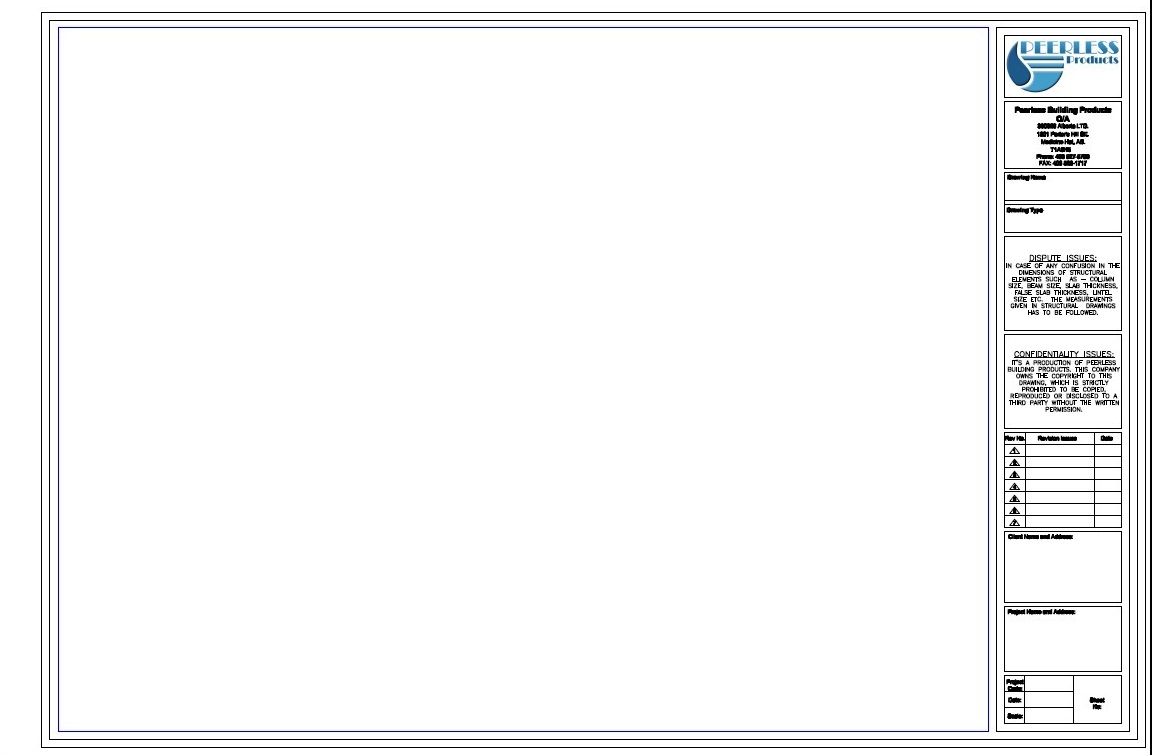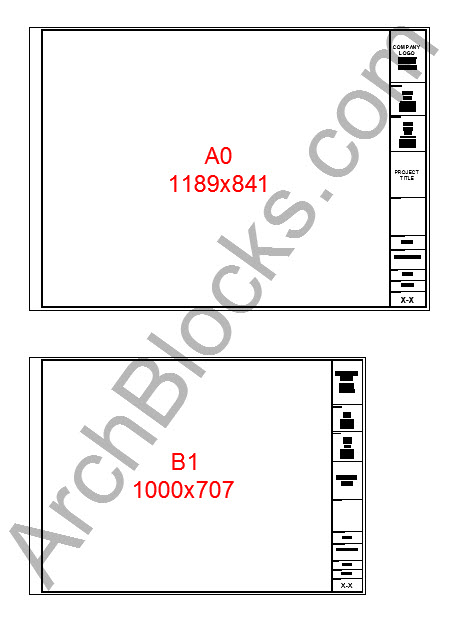

- #Cad title block template .stp license key
- #Cad title block template .stp pdf
- #Cad title block template .stp install
- #Cad title block template .stp software
- #Cad title block template .stp trial
#Cad title block template .stp install
I use "Cubify Design" as my 3D CAD package and it appears I have to de-install it if I want to install Alibre Atom3D as the installation process thinks it is an earlier version that it can't upgrade.
#Cad title block template .stp license key
I have just obtained my 6 month license key and downloaded Alibre Atom3D. Saves a lot of faffing about.Īpart from the initial part in an assembly, which I usually orientate to the workspace, all the other parts are constrained to other parts, so initial orientation isn't important. This is particularly useful when transferring the part to a CAM program prior to CNC milling. Then the part is orientated in the same way as a milling machine. I normally use the XY plane as the bottom of a part. I'm sure Rob is limited in how much he can put into the series so can only cover some basics and that may be going a bit too in depth. Thanks David, as you say XY is probably the one I use most but I do like to see the top of a part when I click "top view" rather than what would be considered the side by most. I did e-mail you to the same effect yesterday. Neil I think it must be set as subscriber only as I could not look at it using my other user name, only the one with my subs details let me see it.
#Cad title block template .stp software
If you plan to later transfer your model to CAM or to 3D printing software, it might save some time to consider which plane you start on - so your model imports 'as expected' into the other software (though this can usually be worked around). In Alibre Atom3D - Initial 'Face on' plane or 'Front view' is looking at the XY plane from the +Z direction, the view orientation icons are consistent with that. I see huge arguments over which is 'correct' - they are all arbitrary. In some CAD system the 'face on' plane is a carry over from looking at graph paper on your desk (XY plane), in others since the screen now tends to be vertical not horizontal the ZX plane is presented 'face on'. No reason why another plane couldn't have been used instead, and no reason why readers shouldn't try using a different plane (perhaps after building a little confidence). I can't speak for Rob (the tutorial author), but XY plane often gets used simply because it is 'face on' to the computer screen at launch and hence the quickest one to select.

I've made it into a live link in your post - try it again? I have no problem using that link, and I've checked it isn't set to subscriber only. I find this also helps later when you come to start assembly of parts. I do have one question though, why was the XY axis chosen to start drawing? I would have gone with ZX so that when any of the View Icons are clicked the part shows the right way up.

#Cad title block template .stp trial
Get the trial downloaded and have a go it really is a lot simpler than it looks. The link below to the Boring Head article doesn't work for me, perhaps it's my computer, please check.Īll I will say for now having seen the first part is don't be put off having a go by what looks a long complicated process from reading the article. The page will be updated from time to time. Various supporting resources are already here: You can locate the predesigned P&ID symbols under the Industrial Automation & PID category from the EdrawMax library.This thread is for people to post any questions or comments they have on the tutorial series starting in MEW 274 to support the six-month free licence for Alibre Atom 3D. This diagramming tool also offers an amazing interface with drag-and-drop intuition along with preset drawing symbols that make it much easier to create your own P&ID diagrams. With EdrawMax, you would be exposed to a broad range of different P&ID symbols as well as a variety of their templates.
#Cad title block template .stp pdf
These symbols' main function is to illustrate the system's process rather than serve as a map.įree Download P&ID Symbol Legend PDF Fileįree Download P&ID Software and Get Editable Symbols

Furthermore, one should consider that these diagrams don't always represent the targeted physical locations nor the proximity of each component involved. The symbols are always labeled using words, letters, and numbers to better identify and specify the components being represented. P&ID components are represented by several standard symbols, which are not to scale, nor are their dimensions accurate. Piping and Instrumentation Diagram Symbols Detailed Documentation provides a rich set of shapes & symbols for documenting P&ID and PFD, including shapes for the instrument, valves, pump, heating exchanges, mixers, crushers, vessels, compressors, filters, motors, and connecting shapes. There are usually mostly made and used by engineers designing a manufacturing process for a particular physical plant. Piping & Instrumentation Diagram (P&ID) is a graphical and schematic representation of the functional relationship between piping, instrumentation, and system equipment components used in the field of automation and instrumentation.


 0 kommentar(er)
0 kommentar(er)
